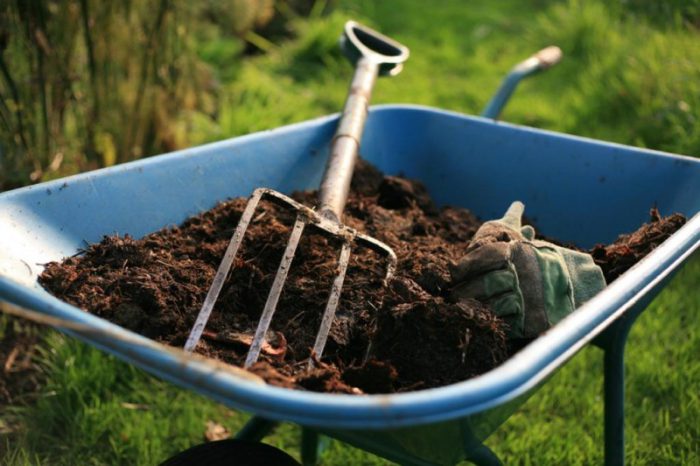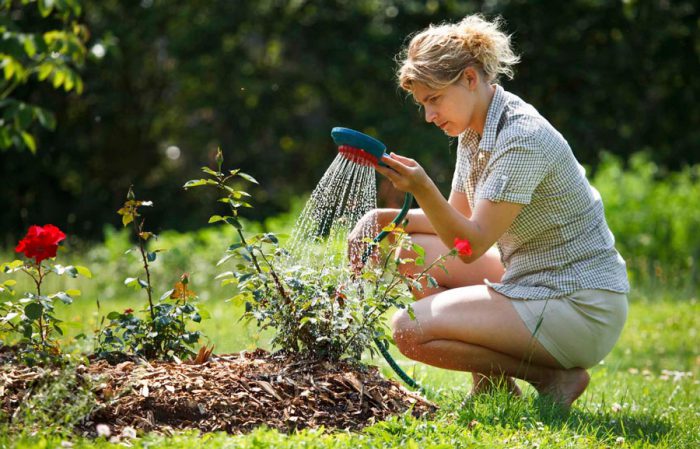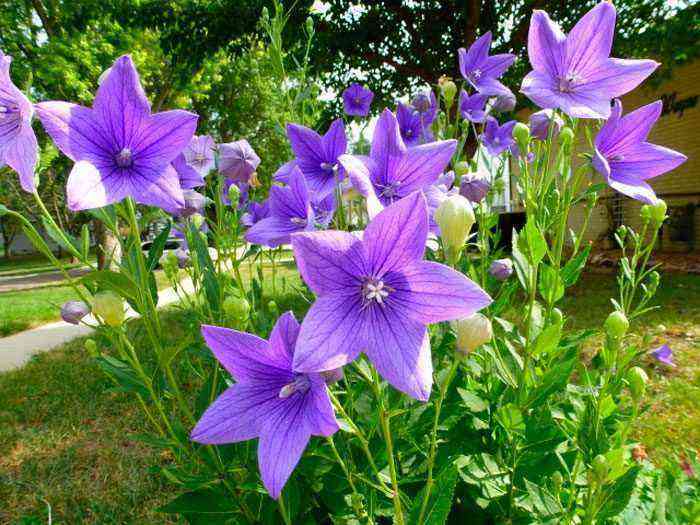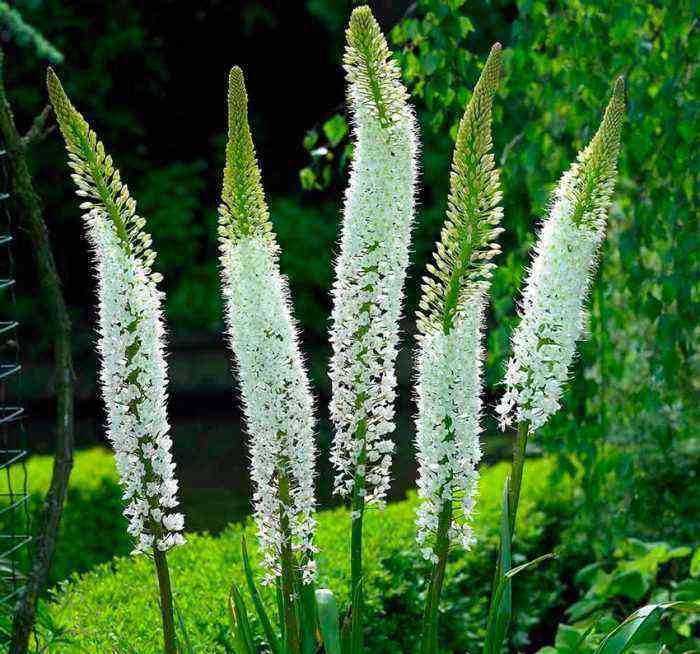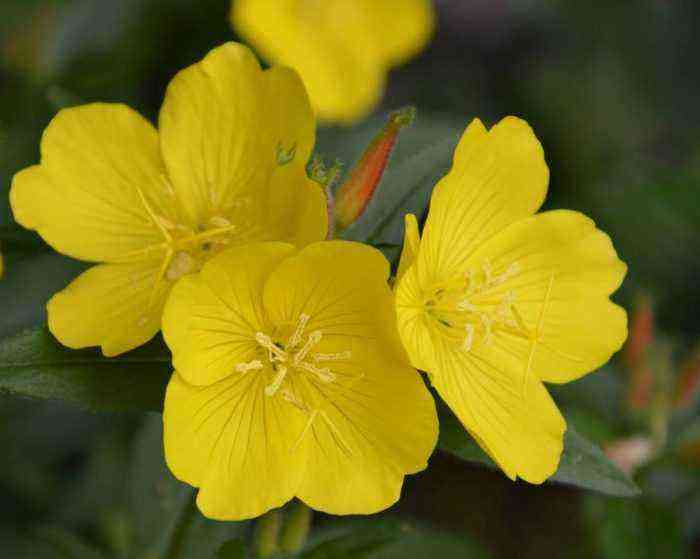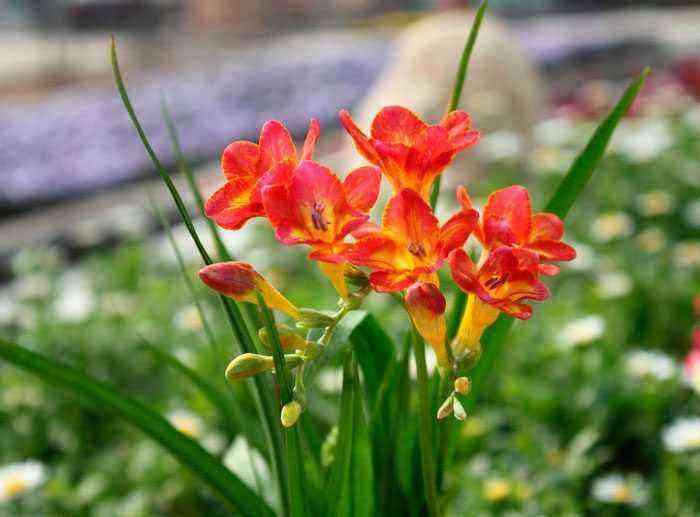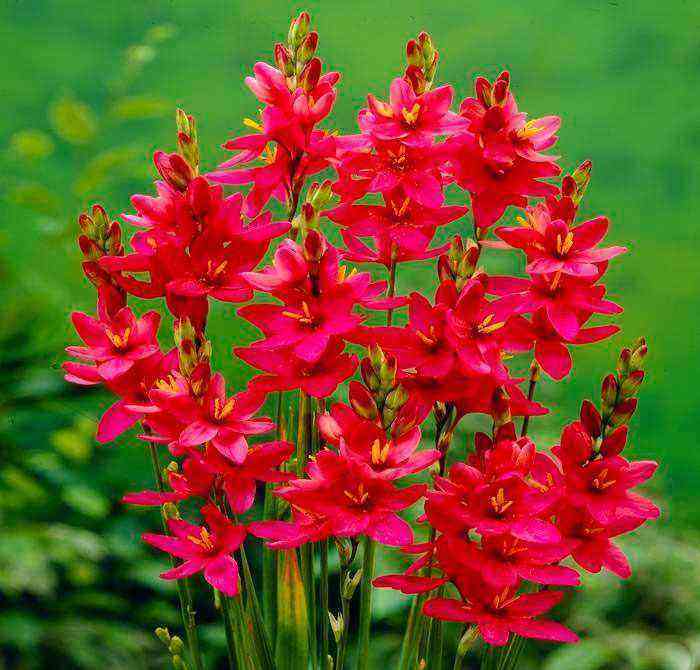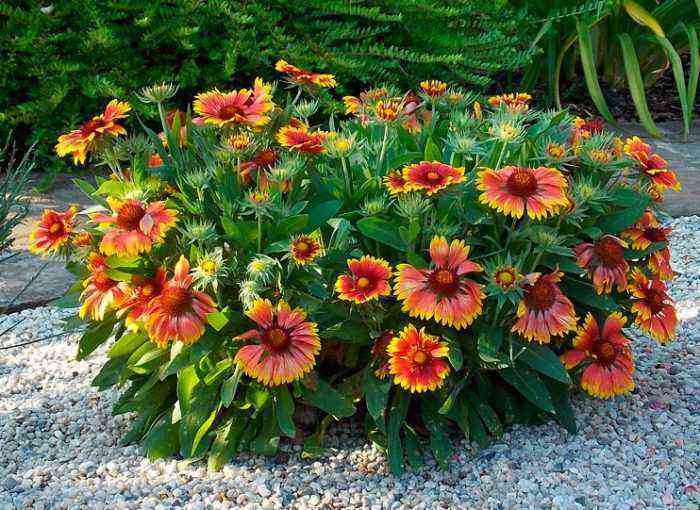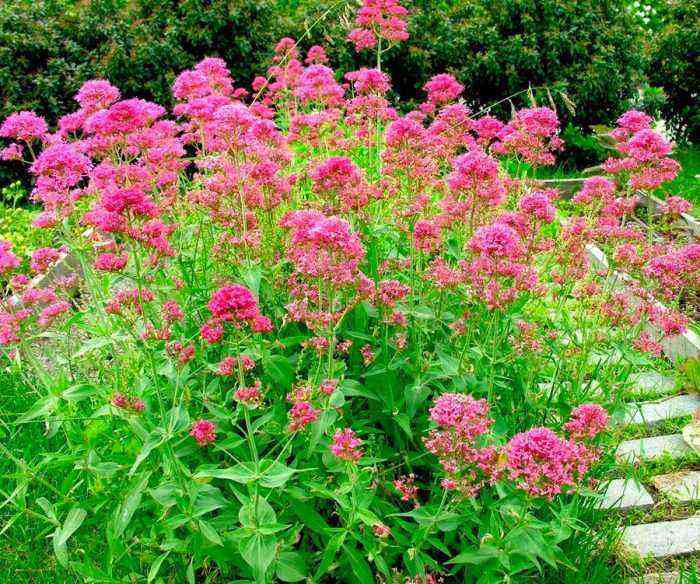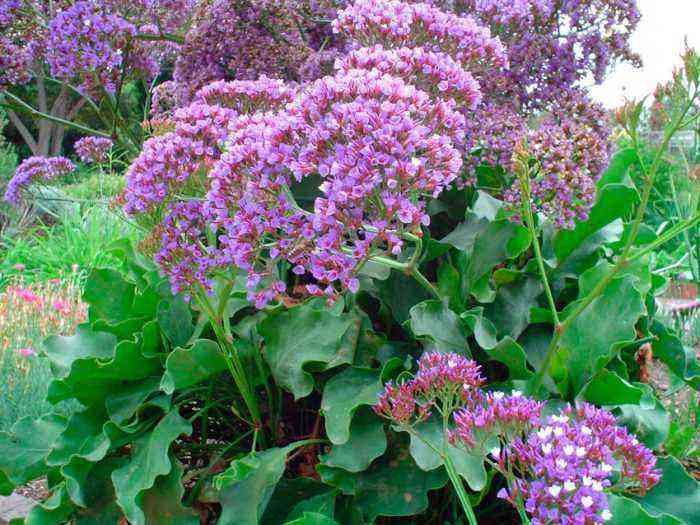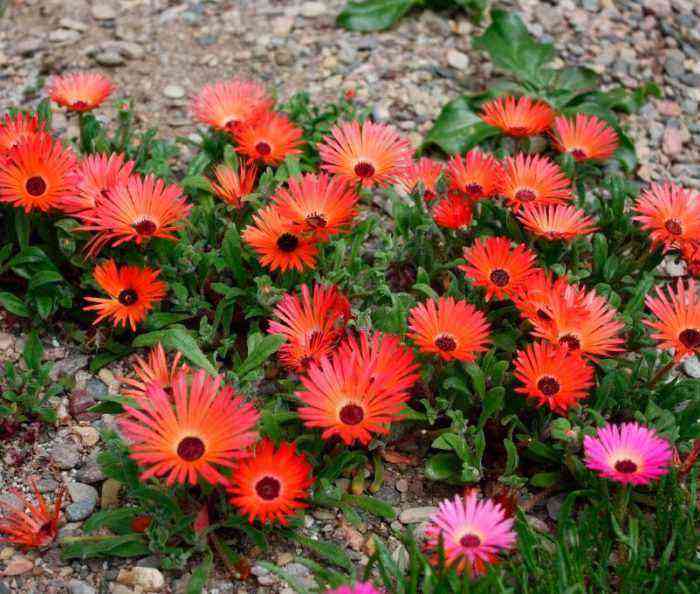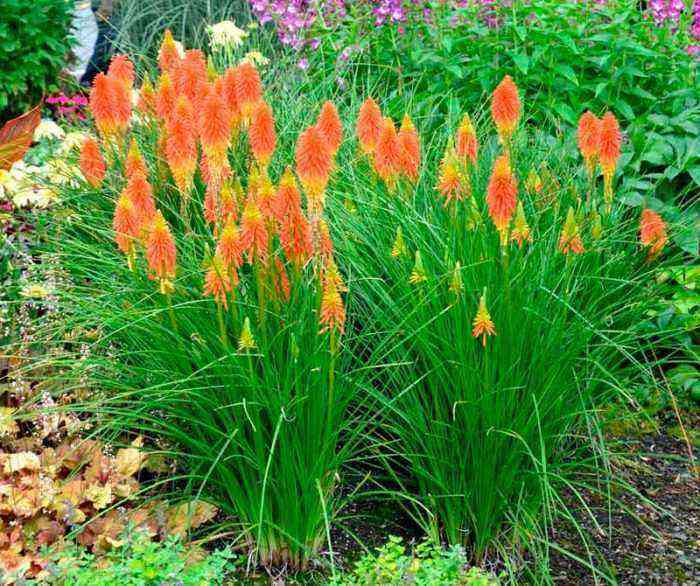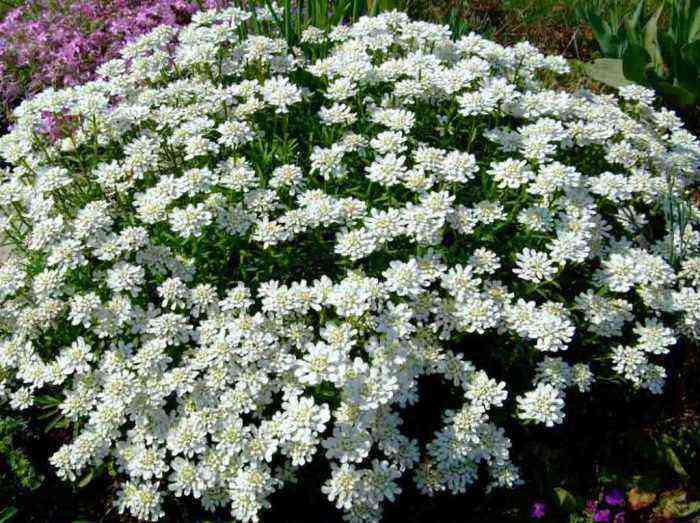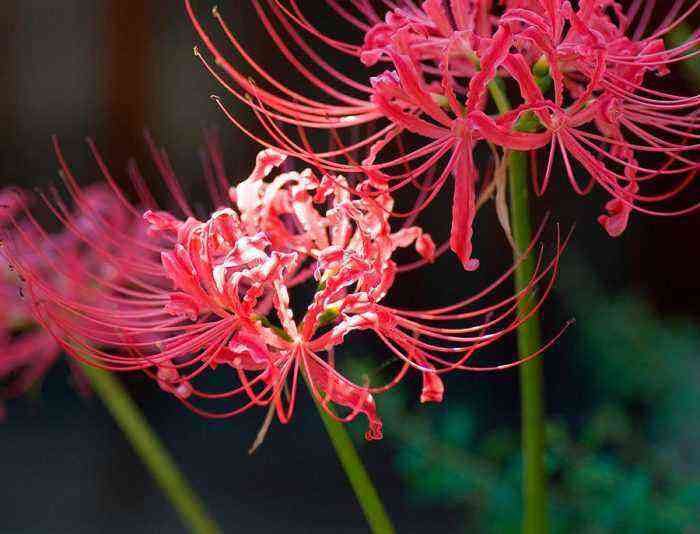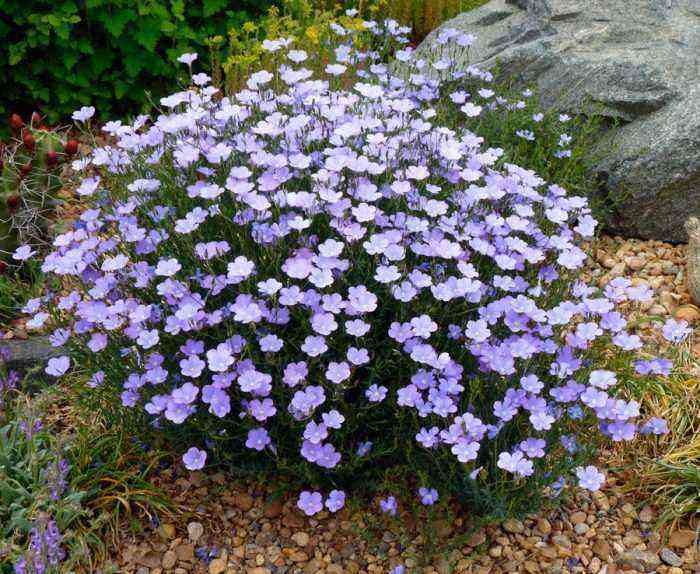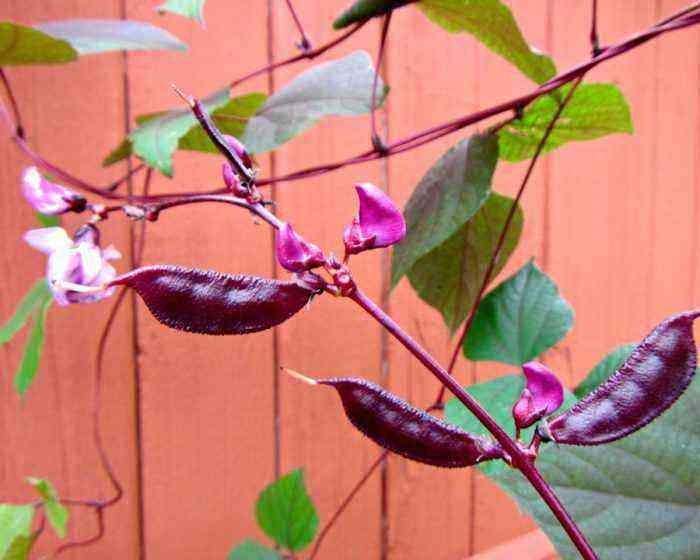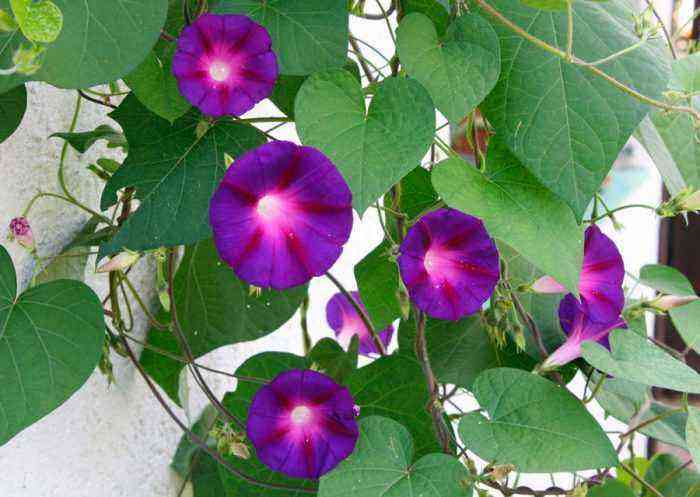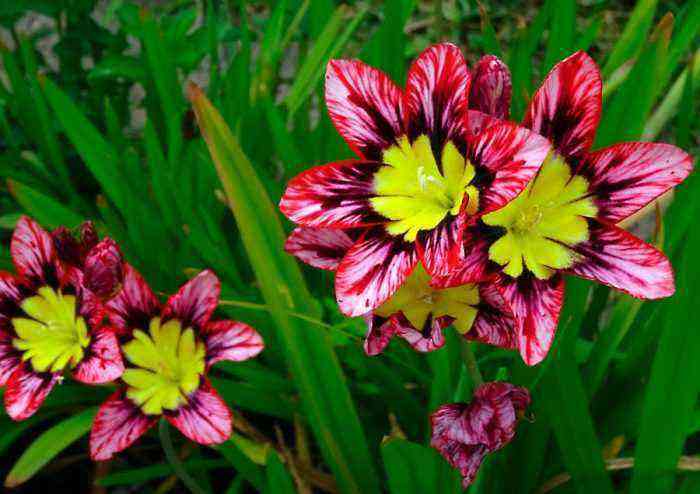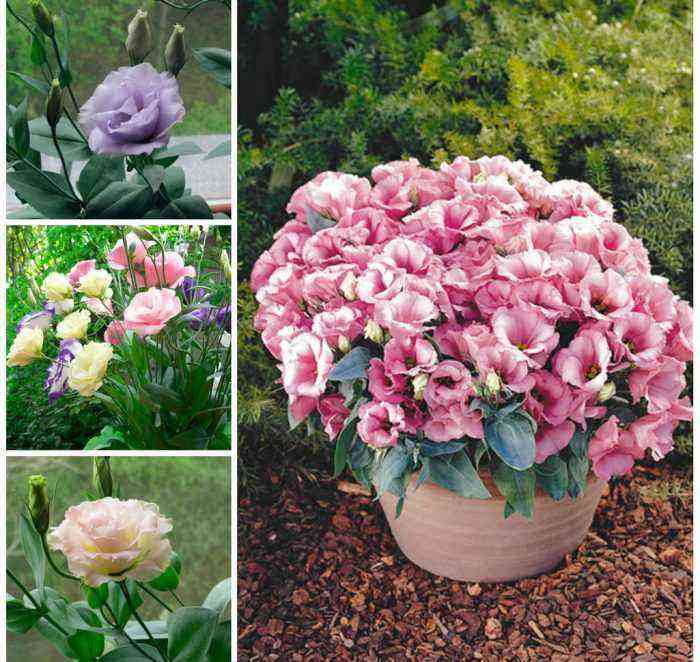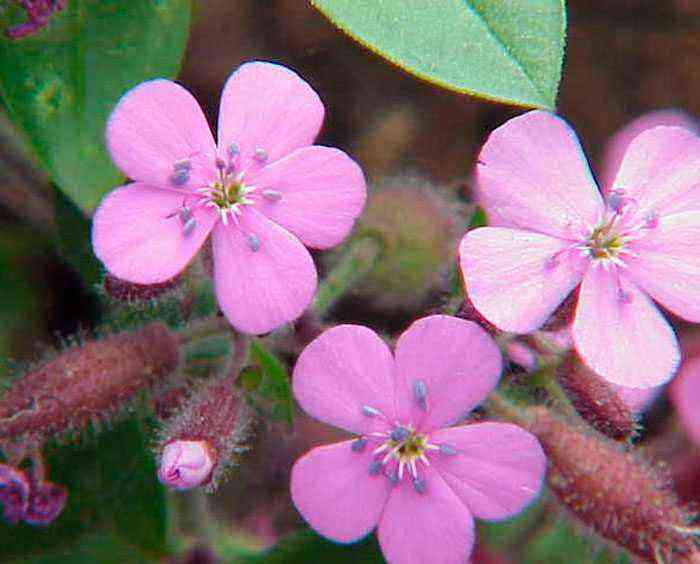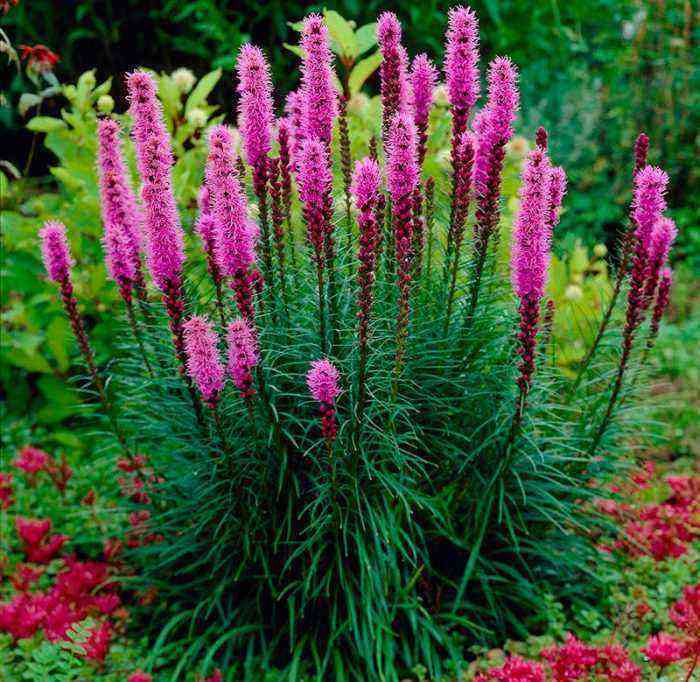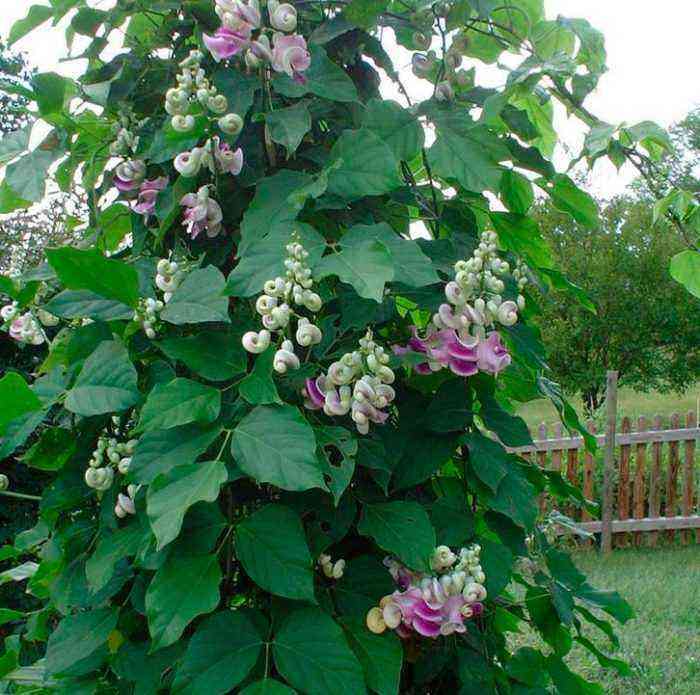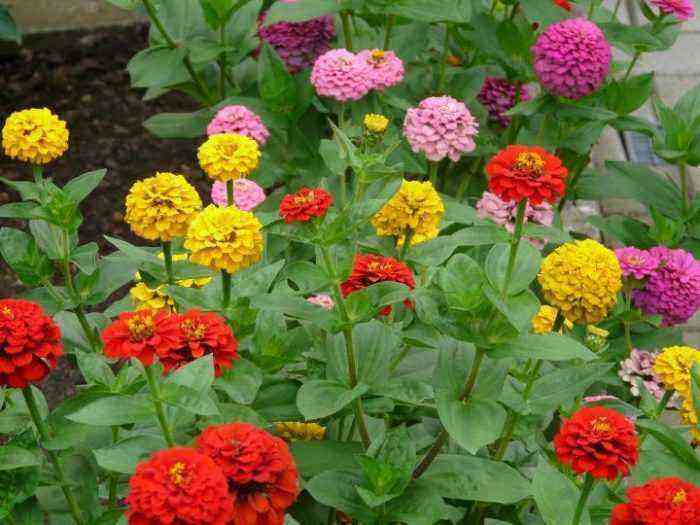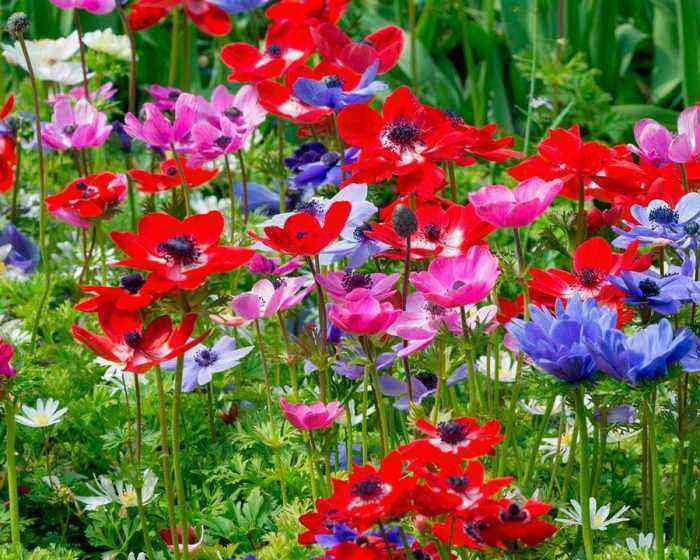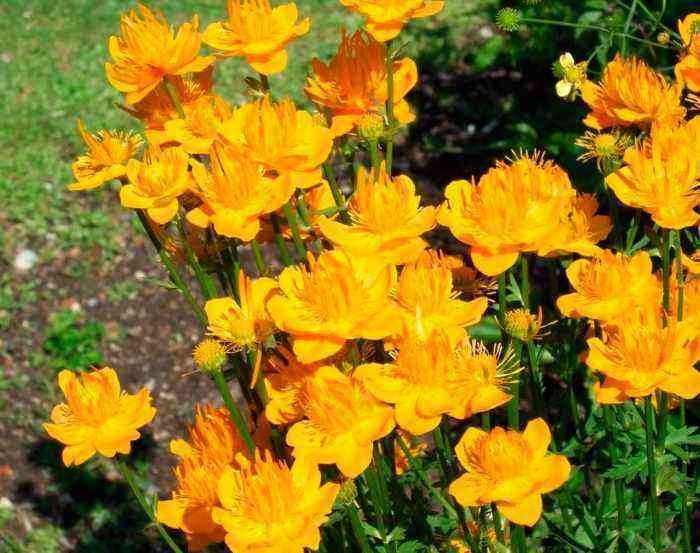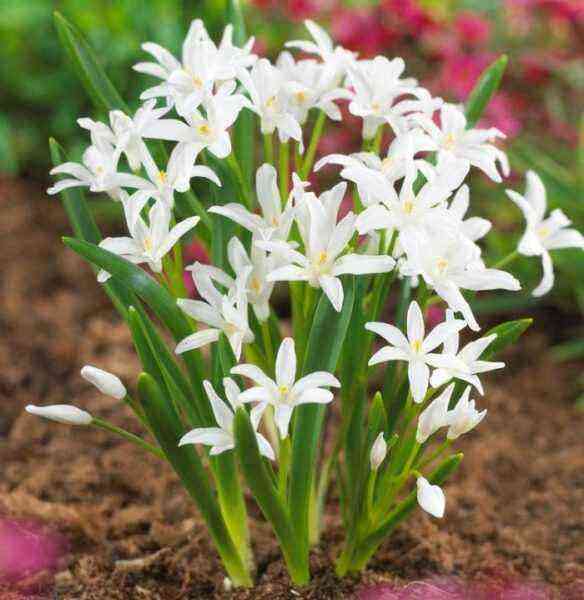The rose is considered the queen of the garden and she certainly deserves this title. This beautiful flower has been admired and worshiped for a very long time, and it was even chosen as a symbol of love. In the annals of Ancient Iran and in the legends of the ancient Indians, a rose is already mentioned. According to legend, a white rose with incredibly sharp thorns is the creation of Allah himself. This plant was supposed to replace the adorable, but lazy Lotus, and instead become the queen of flowers. You can also, if you wish, decorate your garden by planting this flower, but before that you should learn how to choose and plant it correctly. And also how to care for him.
Rules of landing
Garden roses are not that difficult to plant, and there is nothing difficult about caring for them. However, it is worth knowing a few important rules and be sure to follow them.
Selection and storage of seedlings
It is worth paying special attention to the choice of planting material. It must be of high quality. Preference should be given to seedlings with closed roots. It should be borne in mind that during planting it is imperative to preserve the soil that is around the roots.
If you decide to purchase imported closed-rooted roses, you should be aware that they are usually sold in advance. However, if you wish, you can store some of these seedlings on the bottom shelf of the refrigerator (0-5 degrees is perfect for storage). Do not forget to moisturize the soil around the root system in time. Make sure that it is not too wet or too dry.
Advice! When watering, a solution of heteroauxin or root can sometimes be added to the water, but not too often.
The best time to plant roses
In the middle lane in the spring, roses should be planted only after the ground warms up to at least 10 degrees. Often this time falls on the last weeks of April or the first days of May. In springtime, it is best to plant standard roses.
However, most roses are advised to be planted in the fall, and it is best to do this from mid-September to mid-October. If you plant this plant earlier, then the young shoots formed will not survive the frosty winter, and later the rose will not have time to take root before the onset of frost.
The best place to drop off
These flowers should be planted in a place where there is a lot of sunlight. You should not choose a place in the shade or partial shade for these purposes. There, the plant begins to form dark spots on the foliage, it also stops blooming and a large number of blind shoots appear. Also, this place should be well ventilated, however, roses need reliable protection from the rather strong north wind.
The soil should not be too sandy loam or clayey. Any other land is ideal for planting, but not those places where groundwater is not far from the soil surface.
Step-by-step instructions for planting roses
If the land is fertile, then a hole intended for planting must be dug so that the width and depth are 50 centimeters each. In the case when planting is carried out in clay soil, the depth should be increased by 10–20 centimeters.
Prepare a nutrient mixture in advance by combining rotted manure, soil and compost or humus. But it is worth considering that first, the root system of the plant should be sprinkled with a small amount of soil, and then filled with fertilizer in the hole.
Immediately before disembarking, water should be poured into the pit, and you must wait until the moment when it is completely absorbed. If there is soil around the root, then it should not be removed. The free rhizome must be cut by 1/3 part and immersed in water for a couple of hours or a stimulant for the growth of the root system.
It is also necessary to prune shoots:
- you need to leave 3-4 buds of floribunda roses;
- soil-grown roses require root pruning (they do not need to be shortened, but simply must be renewed);
- in hybrid tea roses and polyanthus, 2 or 3 buds should be left on each of the shoots;
- shoots of a park rose are pruned by 10-15 centimeters.
Sprinkle soil over the seedling. As a result, it should cover the inoculation by at least 5 centimeters. Wax (if any) is removed from the burial site. The soil is well compacted and spilled abundantly with plain water. Also, the seedling spud to a height of 10-15 centimeters, as a result, a small heap is formed, which is removed after a couple of weeks.
How to propagate a garden rose
There are not so many ways to propagate a rose. However, gardeners who dream of getting as many fragrant bushes in their garden as possible try to use all of them whenever possible. List of breeding methods:
- This flower can be grown from seeds. But it should be borne in mind that they do not differ in good germination. But even if seedlings appear, it is not yet a fact that they will become full-fledged plants, and besides, as a rule, it takes a lot of time.
- You can also propagate a rose by cuttings. With this method, the flower does not produce wild shoots. Part of a strong and strong shoot is a cuttings. It is necessary to make a cut above the leaf bud, and then, using root growth stimulants, germinate it. When the root system begins to form, it will be possible to plant it.
- Budding. You will need to make a “T” cut in the bark very close to the soil level. A bud from a cultivated plant is inserted into it, a film is used to fix it. The graft will use the root system of the rootstock. Budding is not that difficult, but experience is still necessary.
Reproduction by layering is used for climbing and shrub roses. On a strong and long shoot, an incision is made in the lower part for about 8 centimeters and a small sliver or match must be placed in it. The part that is cut must be covered with soil and fixed, and the remaining tip must be tied to a peg. When the cutter gives roots, it is detached from the parent bush.
How to properly care for roses
If you provide garden roses with proper care and feed them on time, they will delight their owner for a long time with lovely fragrant flowers and lush green foliage.
Features of feeding
The best fertilizer for roses is manure, and especially horse manure (must be at least 6 months old). The fresher chicken and pork manure will only bring harm to this flower. The fact is that it is very sour and can simply burn the plant. And fresh horse manure helps to block nitrogen in the ground.
During budding, calcium nitrate diluted in water is used as a top dressing (a full tablespoon of the substance is taken for 10 liters). When the rose begins to grow actively, it should be watered with a solution of mineral fertilizers, infused mullein, herbal infusion or a solution of chicken droppings every 1,5–2 weeks. It is best to apply fertilizers dissolved in water and after the plant has been watered. From the 3rd week of July, it is no longer necessary to feed the plant, as it begins to prepare for winter.
Roses, like all other plants, very poorly tolerate excessive cold, heat or long rains. To help them, you can spray the plant with epin, sodium humate, zircon, or ecosil. If the flowers are overfed, then a lot of foliage will form, and, on the contrary, there are few buds.
How to water properly
Watering should be infrequent, namely, once every 1 days. However, if the summer is very hot and dry, the amount of watering doubles. A bucket of warm water is poured under the root of one bush (do not pour on the leaves). Watering should be done so that the soil is saturated to a depth of 7-20 centimeters.
If the rose bushes will not be watered for a long time, then the soil under them should be covered with plucked grass, humus or bark from a tree.
If the plant lacks moisture, the flowers will become smaller. If it is in excess, then the foliage will begin to turn yellow. It is also recommended to loosen the soil after each watering.
Pests and diseases (control methods)
Rose bushes are susceptible to diseases such as powdery mildew. For prevention, spray the foliage with a solution made from ordinary soda (40 grams) and water (1 liter). It is necessary to spray 2-3 times in spring (with a break a week), and in June.
If aphids appear, then 10 liters. Dissolve a bar of laundry soap with water and put 2 sprigs of wormwood. Boil this mixture for 10-15 minutes. After it cools down, process the foliage. Repeat the procedure after 7 days. In the event that the aphid remains, then spray the rose with a systemic poison, for example, Aktara.
Nasturtium and lavender repel aphids, so it can be planted near roses. Close-planted garlic and onions will help keep the roses from getting sick and make the flowers more fragrant. Marigolds and calendula will protect from beetles.
If cracks appear on the stems, buds on the foliage have ceased to form and spots have formed, then the infected branches must be carefully cut off, and the plant should be sprayed with infusion of wormwood, nettle and horsetail.
Features of trimming
Shoots that grow inward are subject to pruning. As a result, the bush will have many new shoots. And if the withering flowers are removed in time, then the next flowering will be more abundant than the previous one.
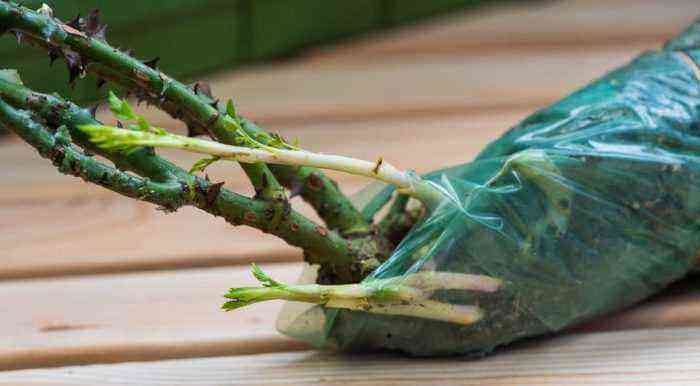
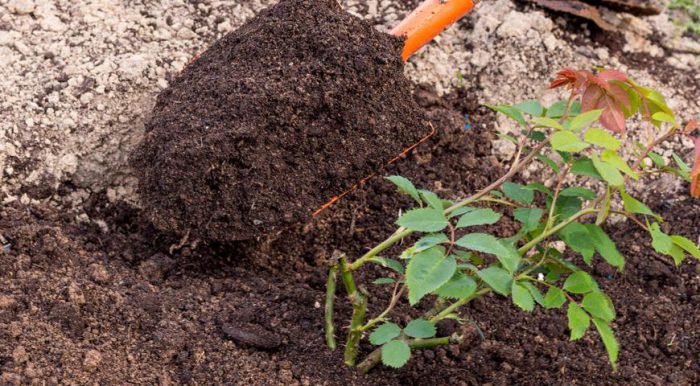

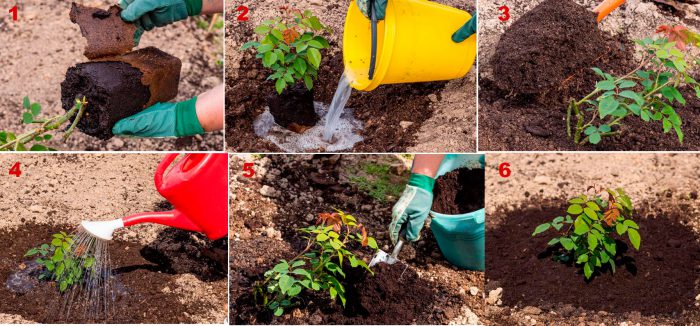
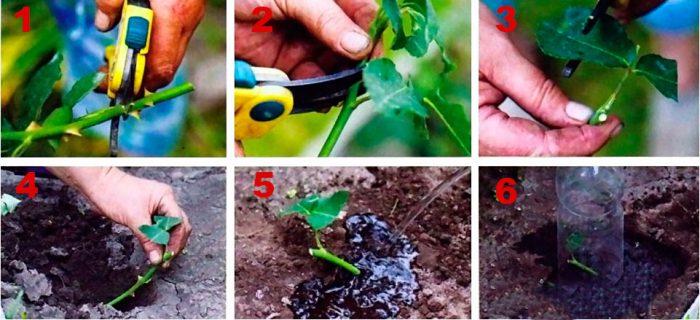
 Reproduction by layering is used for climbing and shrub roses. On a strong and long shoot, an incision is made in the lower part for about 8 centimeters and a small sliver or match must be placed in it. The part that is cut must be covered with soil and fixed, and the remaining tip must be tied to a peg. When the cutter gives roots, it is detached from the parent bush.
Reproduction by layering is used for climbing and shrub roses. On a strong and long shoot, an incision is made in the lower part for about 8 centimeters and a small sliver or match must be placed in it. The part that is cut must be covered with soil and fixed, and the remaining tip must be tied to a peg. When the cutter gives roots, it is detached from the parent bush.